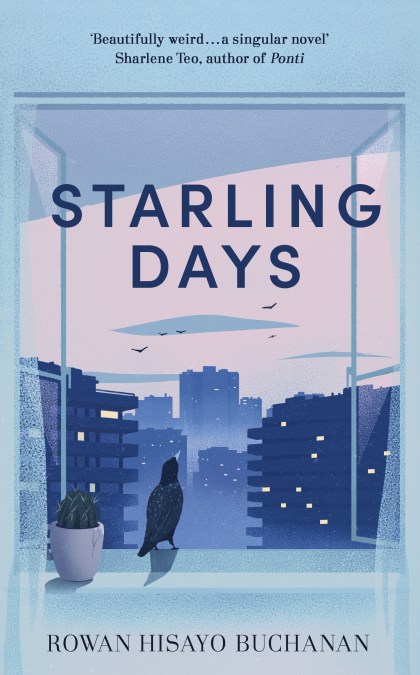Long Live the Tribe of Fatherless Girls [Review]
Jewish Book Council
2019-07-04
Jessie Szalay

T Kira Madden, Long Live the Tribe of Fatherless Girls, A Memoir (New York: Bloomsbury, 2019)
This stunning, compulsively readable debut memoir tells the story of T Kira Madden’s coming-of-age in the swampy, surreal world of wealthy Boca Raton, Florida. Despite her privilege wrought from her father’s shady dealings in gambling and stocks, young Madden faced crippling loneliness and insecurity. Her drug-addled parents were frequently neglectful, strung out to what Madden calls “the other place.” Though wealthy enough to attend preparatory school and own four horses, Madden fed herself little but canned soup as a child. Her father rarely spoke to her and called her “son.” It’s no wonder that despite his physical presence for substantial portions of her childhood, Madden felt fatherless. As a teenager, she fell into codependent friendships with other “losers” who lacked solid parental support. They found a sense of control in drugs, eating disorders, and sex, both enabling each other in toxic behavior and being a loving family.
It sounds like an average “poor little rich girl” story. But Long Live the Tribe of Fatherless Girls is much more than that, taking tropes and rendering them with an undying sense of compassion. The details of Madden’s early memories are startlingly vivid in a way that suggests she was in a persistent state of high alert, every pain etched in her brain forever. But for every mention of a terrifying drug overdose or her father leaving her at a baseball game, there are stories of her mother’s delicate removal of lice from her daughter’s hair or her father’s early teaching of magic tricks. Madden loves her family fiercely and in spite of it all, we never doubt their deep-down love for her…
Read the entire review here.








